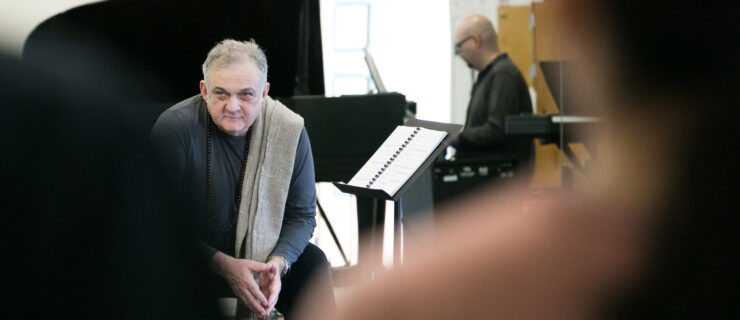Should You Try Active Release Techniques?
Whenever I get a massage, I like to completely zone out until I’m just barely not asleep. Even if it’s a deeper sports massage, I go to my happy place (kayaking on a lake with a golden retriever sitting next to me) in an attempt to ignore the pain.
But should a massage session actually be a bit more active to get the most out of it?
That’s the theory behind active release techniques. In this movement-based massage method, a licensed therapist manually applies tension to a muscle while the client actively or passively moves through guided motions.
What Active Release Techniques Are Designed to Do:
These massage techniques are meant to rehabilitate and prevent overuse injuries by increasing range of motion, breaking up scar tissue, releasing muscle adhesions and increasing blood flow to connective tissue.
What Makes ART Unique:
“The movement component helps restore proper biomechanics,” says practitioner Mark Greenfield, who works with athletes and dancers in private practice in New York City. “If I only do manual therapy on a muscle in a neutral position, that muscle might not function properly during activity.”
Does It Hurt?
Usually, admits Greenfield. The goal is to move into positions of pain and manipulate the muscle until those positions no longer hurt. To do that, practitioners need to work in areas that might be uncomfortable. But Greenfield says the payoff is worth it: He’s seen active release techniques significantly improve his ability to help clients recover in a shorter period of time.





